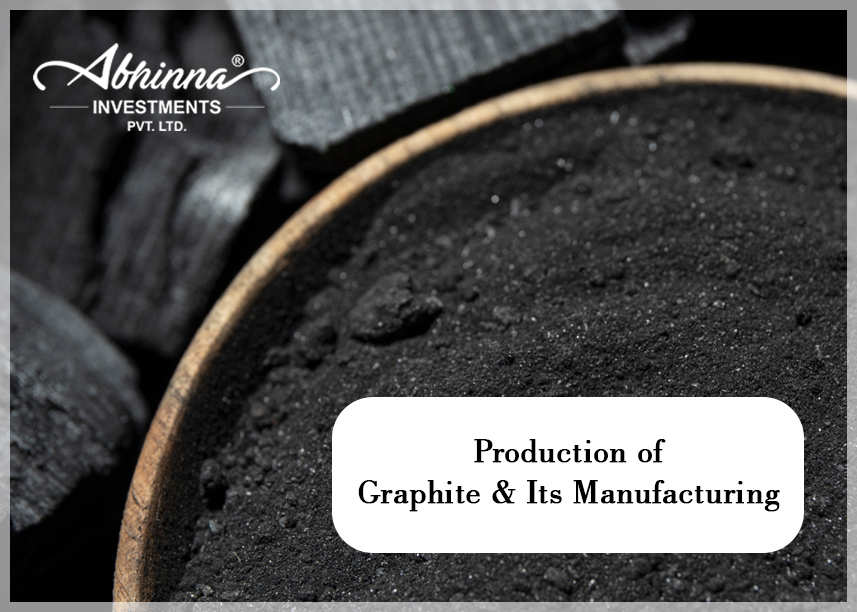The manufacturing and production of graphite involve both natural and synthetic processes. Learn about modern ways of synthesizing graphite from top graphite mining companies.
The market for graphite have all the reasons for substantial growth. Understanding and optimising the processing of flake graphite ore will therefore enable investors in graphite to benefit from the opportunities that currently exist.
Extraction of natural graphite takes place from mineral deposits through open-pit and underground mining. Thereby, resulting in the emission of carbon dioxide (CO2). On the other hand, high-temperature treatment helps in the manufacture of synthetic graphite. Mostly, of carbon materials like petroleum coke and coal tar, which undergo a long and complex process lasting several weeks.
Do you know about modern graphite mining services?
Modern Manufacture of Graphite is a complex process involving the use of high molecular weight hydrocarbons, and it usually takes several weeks to perform. In this manufacturing process, there are two primary ways to produce graphite – natural and synthetic. The top graphite mining companies in india can help you understand the manufacturing process involved in producing synthetic graphite.
Below are some of the details of the modern manufacture of graphite, along with sub-headings that summarize each point.
Production of Synthetic Graphite
First, the manufacturing of synthetic graphite takes place. This involves the carbonization of a hydrocarbon feedstock such as coal tar pitch, petroleum coke, or other carbon-bearing materials. The process handled by graphite mining service providers involves heating the feedstock in a high-temperature furnace in the absence of air for several weeks, at 3000°C.
Impregnation of Graphite
After synthesizing the graphite, it may undergo impregnation with phenolic resin to make it impervious and enhance its mechanical characteristics. This process involves the immersion of graphite in a phenolic resin under high pressure to infuse the resin into the graphite’s microstructure. The impregnation process improves the graphite’s resistance to high-temperature and high-pressure environments.
Uses of Graphite
Graphite is a versatile material that finds use in many applications. These include the manufacturing industry, the production of glass and steel, and the processing of iron. Its high tolerance to heat and unchangeability make it a widely used refractory material. Moreover, graphite mining companies, use it in nuclear reactors as it can absorb fast-moving neutrons, making it an excellent moderator.
Conclusion
The modern manufacture of graphite involves two primary methods – natural and synthetic, which require complex and time-consuming processes. After graphite synthesis, it may undergo impregnation to enhance its mechanical characteristics. Graphite finds use in many industries and applications due to its excellent heat tolerance, unchangeability, and unique physical and chemical properties.
Contact Abhinna Investment, one of India’s leading provider of graphite mining services in india. By utilising the most cutting-edge technologies, they continually offer sustainable solutions.

